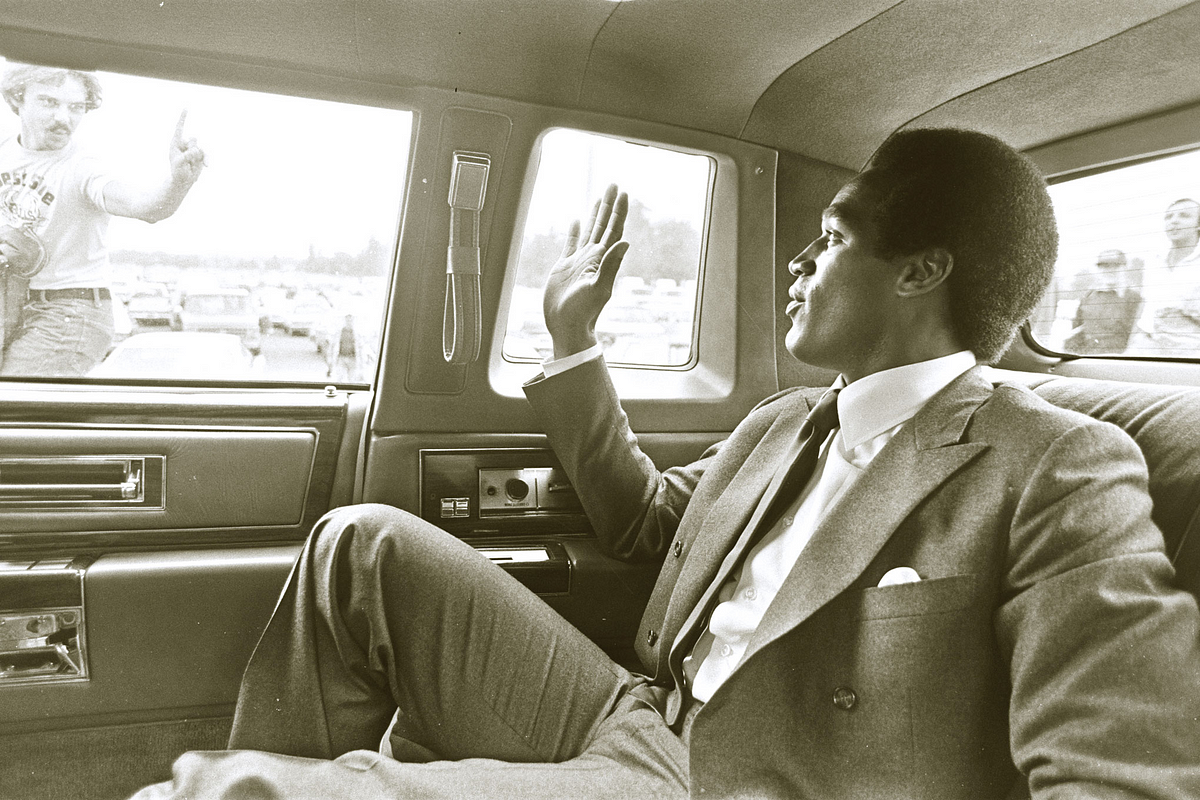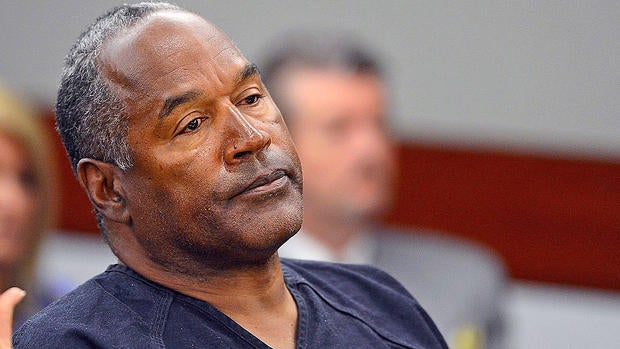[h=4]When To Watch[/h]
All five parts available on WatchESPN June 14
Available for DVD preorder
[h=2]O.J.: Made In America[/h]
- Part 1
- Sat. June 11, 9 p.m. ET on ABC - Premiere
- Tue. June 14, 7 p.m. ET on ESPN - Re-air
- Part 2
- Tue. June 14, 9 p.m. ET on ESPN - Premiere
- Wed. June 15, 7 p.m. ET on ESPN - Re-air
- Part 3
- Wed. June 15, 9 p.m. ET on ESPN - Premiere
- Fri. June 17, 7 p.m. ET on ESPN - Re-air
- Part 4
- Fri. June 17, 9 p.m. ET on ESPN - Premiere
- Sat. June 18, 7 p.m. ET on ESPN - Re-air
- Part 5
- Sat. June 18, 9 p.m. ET on ESPN - Premiere
All five parts available on WatchESPN June 14
Available for DVD preorder
[h=2]O.J.: Made In America[/h]











